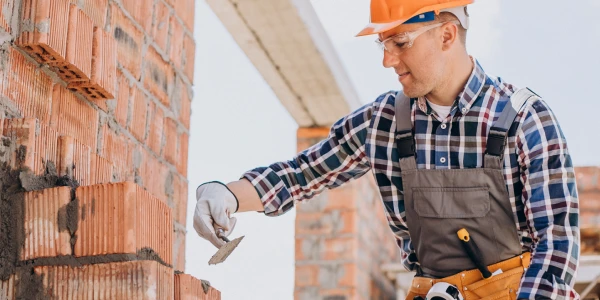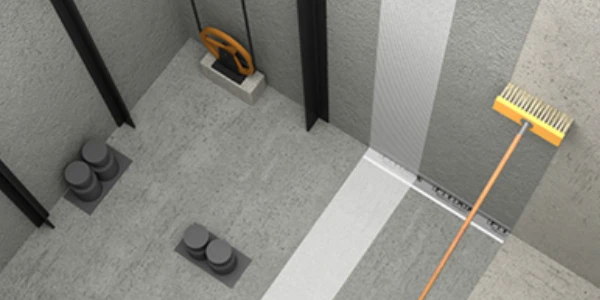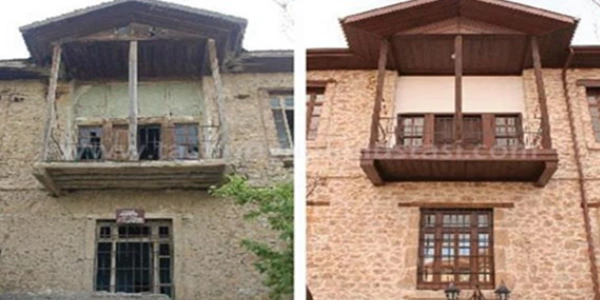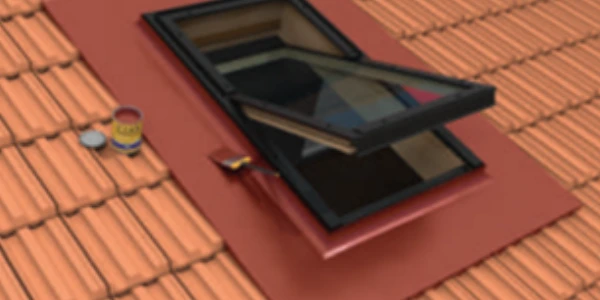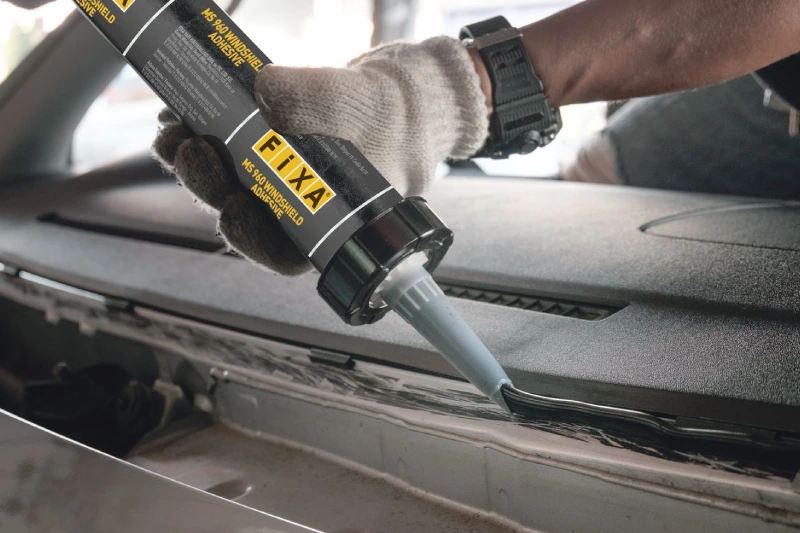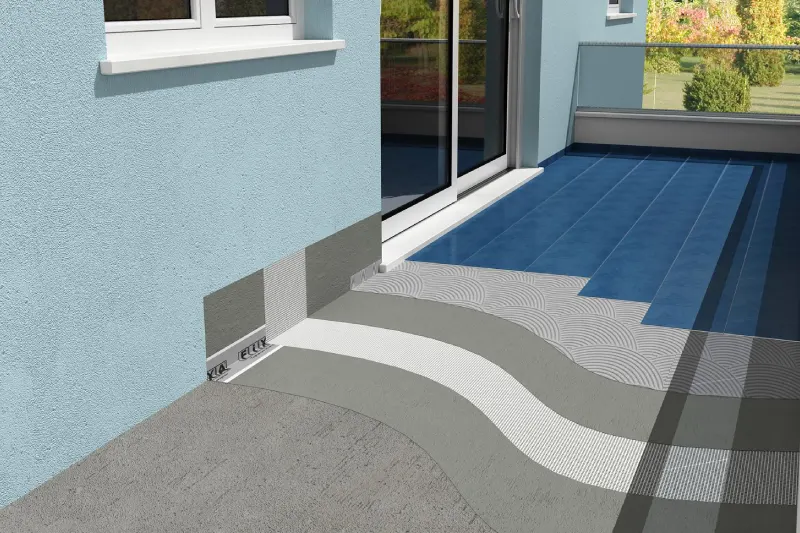Transparent Waterproofing on Ceramics: Advancements, Applications and Performance
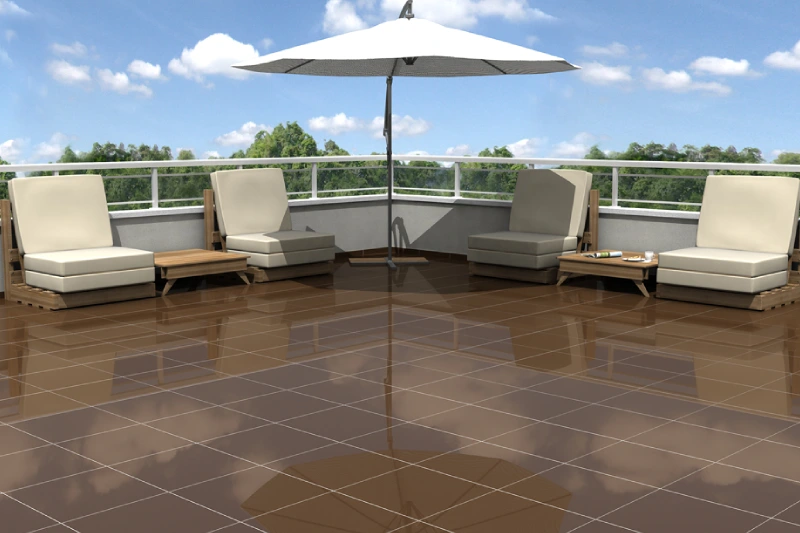
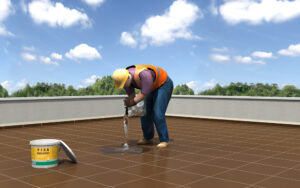
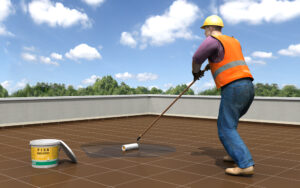
Ceramic materials are widely used in both interior and exterior architectural applications due to their durability, aesthetic appeal and resistance to heat and chemicals. However, despite their dense structure, ceramics can remain susceptible to moisture infiltration over time – articularly through microcracks or unglazed surfaces. This has led to the growing use of transparent waterproofing treatments, which preserve the visual characteristics of ceramics while significantly enhancing their resistance to water penetration.
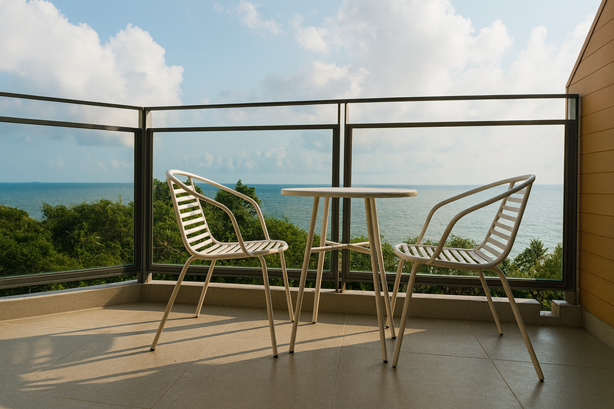
Transparent waterproofing solutions typically involve advanced silane-based or siloxane-based formulations that penetrate the ceramic substrate without forming a visible film. Unlike traditional sealants or coatings that can alter surface texture or gloss, these treatments maintain the natural appearance of the tile or ceramic surface. The hydrophobic layer formed within the microscopic pores acts as a barrier against water ingress, preventing issues like efflorescence, frost damage, or mold growth-particularly in high-moisture environments such as bathrooms, kitchens, or outdoor façades.
Application techniques vary depending on the specific product and use-case, but generally include thorough surface cleaning, moisture content assessment, and uniform application by brush, roller or spray. Once applied, the treatment requires a curing period, during which the active compounds chemically bond with the ceramic substrate. It is crucial to apply these treatments under proper environmental conditions-typically low humidity and moderate temperature-to ensure full penetration and optimal performance.
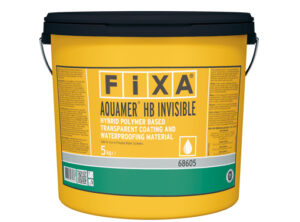 Transparent waterproofing technologies are now commonly employed in heritage restoration, public infrastructure and contemporary design projects, where aesthetic preservation is just as critical as functional protection. As building standards increasingly emphasize both durability and design integrity, transparent ceramic waterproofing stands out as a highly effective and visually respectful solution.
Transparent waterproofing technologies are now commonly employed in heritage restoration, public infrastructure and contemporary design projects, where aesthetic preservation is just as critical as functional protection. As building standards increasingly emphasize both durability and design integrity, transparent ceramic waterproofing stands out as a highly effective and visually respectful solution.
Time to Refresh Your Balcony or Terrace?
With the arrival of the warmer weather it’s the perfect time to spruce up our outdoor spaces, which have been left untouched throughout the winter. Did you know that you can waterproof your balcony or terrace without having to remove your existing ceramic tiles or install a new coating?
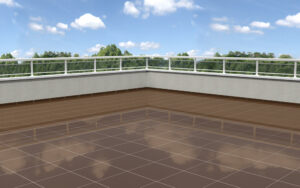
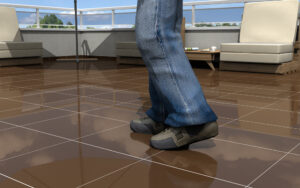
The Best Solution for Balcony and Terrace Waterproofing
FİXA’s AQUAMER HB Invisible Hybrid Polymer Based Transparent Coating – a coating and waterproofing material designed for areas with light foot traffic – provides effective waterproofing without the need to disturb your existing tiles or ceramics. This product, also known as a transparent waterproofing solution for tiled surfaces, is conveniently sold ready to use. Simply apply it to the surface with a roller or brush for an easy and hassle-free installation.
Ready-to-Use Transparent Waterproofing Material
AQUAMER HB Invisible Hybrid Polymer Based Transparent Coating is a high-tech transparent coating and waterproofing solution developed using silane-terminated hybrid polymer technology. It is a ready to use, self-levelling liquid, resistant to UV exposure, and free from solvents and isocyanates. While it isn’t suitable for areas with heavy footfall, it serves as an excellent waterproofing option for balconies and terraces. It is compatible with various materials, including glazed tiles, ceramics, natural stone, marble, and tiles, and remains durable even when exposed to sunlight, preventing peeling or leakage issues.
Preparing the Surface
One key aspect of successful balcony or terrace waterproofing is proper surface preparation. Before applying AQUAMER HB Invisible Hybrid Polymer Based Transparent Coating, it is essential to remove any substances that might hinder adhesion, such as dust, oil, tar, pitch, paint, silicone, curing agents, detergents or mould-release oils. Any weak concrete sections must be repaired, loose plaster should be removed, and the surface should be smoothed and reinforced. You can find further guidance in the product’s user manual by clicking here.
Real-World Use Cases of Transparent Waterproofing on Ceramics
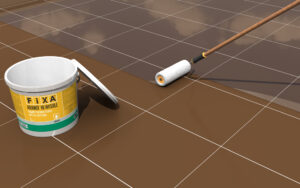
The growing demand for transparent waterproofing solutions reflects the practical challenges faced in maintaining ceramic surfaces exposed to water, moisture and environmental stressors. Unlike opaque coatings, which can mask the natural beauty of ceramics, transparent treatments provide a nearly invisible layer of protection – making them ideal for design-conscious spaces and sensitive architectural surfaces.
In spa facilities and wellness centers, for example, unglazed ceramic tiles are often used for their slip resistance and organic aesthetic. However, these porous surfaces are vulnerable to water absorption and microbial growth if left untreated. Transparent waterproofing allows these facilities to maintain hygienic conditions while preserving the raw texture of the ceramics – combining health standards with design intent.
Commercial kitchens and food production areas also benefit from transparent sealants, particularly where tiled walls are subjected to frequent washing and chemical exposure. Here, waterproofing treatments form a protective layer that resists staining and makes cleaning more efficient, reducing long-term maintenance costs and improving compliance with hygiene regulations.
A more specialized use case is seen in open-air cultural sites or decorative ceramic murals, where visual preservation is paramount. Transparent waterproofing has been successfully applied to outdoor installations exposed to rain, UV radiation and pollution. In these instances, the treatment not only extends the life of the ceramic but also protects the embedded pigments and finishes, ensuring the artwork remains intact for future generations.
If you want to enjoy your balcony or terrace this summer but need an effective waterproofing solution without removing your existing tiles, FİXA’s AQUAMER HB Invisible Hybrid Polymer Based Transparent Coating is the ideal choice. If you have any queries about our product or general waterproofing applications, contact us on +44 (0) 208 176 0680 or email us at info@fixaco.uk
FAQ
- What is transparent waterproofing for ceramics?
Transparent waterproofing refers to clear, often nano-based treatments applied to ceramic surfaces to prevent water infiltration without altering the material’s appearance or texture. - How does transparent waterproofing work on ceramic surfaces?
These treatments typically utilize silane or siloxane compounds that penetrate ceramic pores, creating a hydrophobic barrier that repels water while allowing vapor diffusion. - Is transparent waterproofing suitable for all types of ceramics?
While most ceramic tiles and unglazed surfaces can benefit from transparent waterproofing, highly glazed or vitrified tiles may show limited absorption, requiring specialized products. - What are the primary benefits of applying a transparent waterproofing treatment?
Key benefits include moisture resistance, prevention of mold and mildew, protection against freeze-thaw damage and long-term preservation of aesthetic integrity. - How long does the protection last once applied?
Under optimal application and environmental conditions, most treatments offer 5 to 10 years of effective protection, depending on surface exposure and maintenance. - Can it be applied to existing tiled surfaces, or is it only for new installations?
Transparent waterproofing can be applied to both new and existing ceramic surfaces, provided they are thoroughly cleaned and free of previous coatings or residues. - Does the treatment affect the color or gloss of the ceramic surface?
No. High-quality transparent waterproofing products are designed to maintain the original color, texture, and gloss of the ceramic without creating a visible film. - Is professional application recommended or can it be DIY?
While DIY application is possible for small areas, professional installation ensures uniform coverage, proper surface preparation, and optimal curing for long-lasting results. - Are these products environmentally safe?
Many modern waterproofing treatments are formulated to be low-VOC and environmentally friendly, making them safe for indoor use and compliant with green building standards. - What maintenance is required after application?
Routine cleaning with pH-neutral cleaners is advised. Abrasive scrubbing or acidic chemicals should be avoided to preserve the integrity of the waterproofing layer.
Share!
Other Blog Posts

